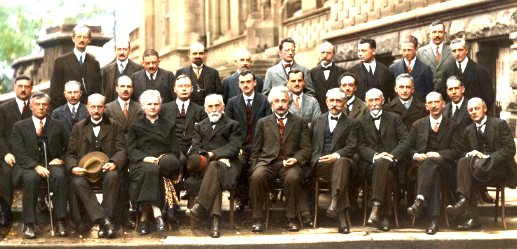Who the Hell was... Marie Curie?
Meet Marie Curie, the brilliant mind who brought a little sparkle to science. Born on November 7, 1867, in Warsaw, Poland, she had a thirst for knowledge that would light up the world—quite literally.
Marie didn’t just break barriers; she shattered them. Moving to France, she became the first woman to earn a degree in physics and later a doctorate in science.
Her most famous achievement? Discovering radioactivity. Alongside her husband, Pierre Curie, she unearthed two new elements—radium and polonium—in 1898. This wasn’t just a scientific breakthrough; it was a game changer. Imagine discovering something so powerful that it could revolutionize medicine and change lives.
Marie wasn’t just about the discoveries; she was also about accolades. She became the first woman to win a Nobel Prize and remains the only person to snag Nobel Prizes in two different scientific fields: Physics and Chemistry. In the legendary Solvay Conference, in a group of iconic quantum theorists (all men, including Einstein), Marie Curie sits among her peers.
Her work laid the groundwork for X-ray technology, helping countless people get diagnosed and treated. Sadly, her relentless pursuit of knowledge took a toll on her health, and she passed away on July 4, 1934, from radiation exposure.
Despite her challenges, Marie Curie’s legacy shines brightly. Here’s to Marie Curie—the radiant pioneer who illuminated the path for future generations of women, who seek answers n physics.


